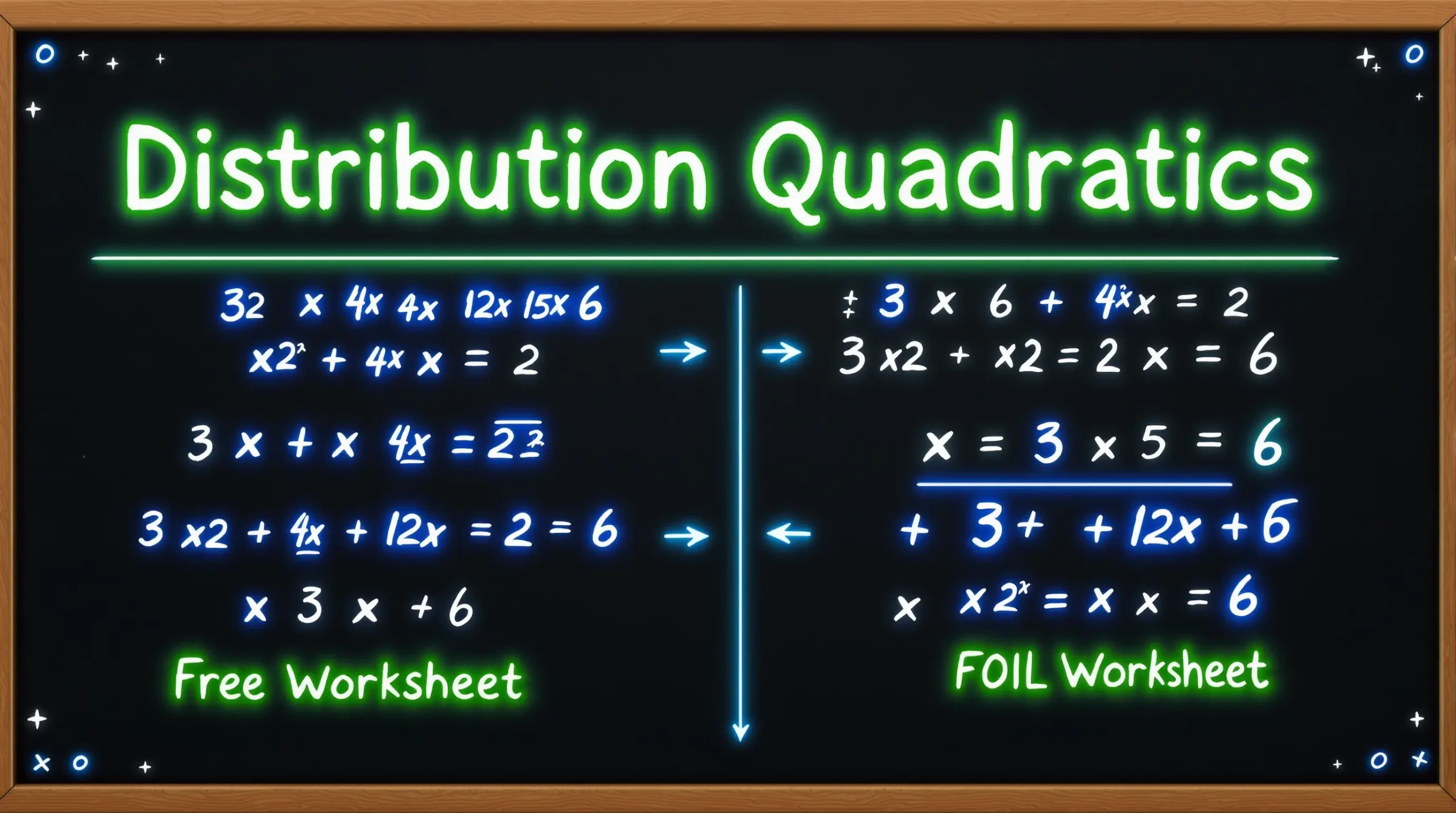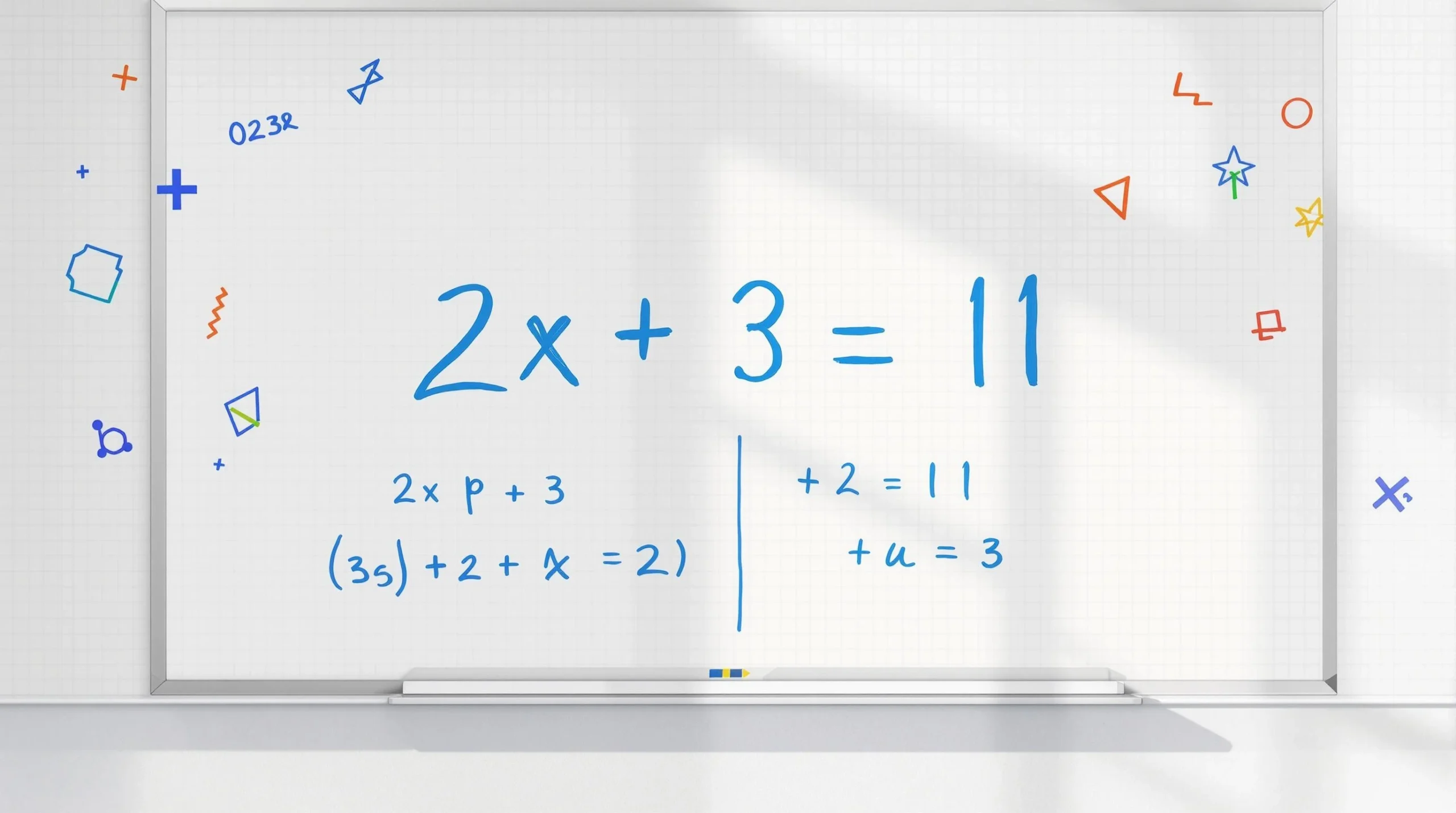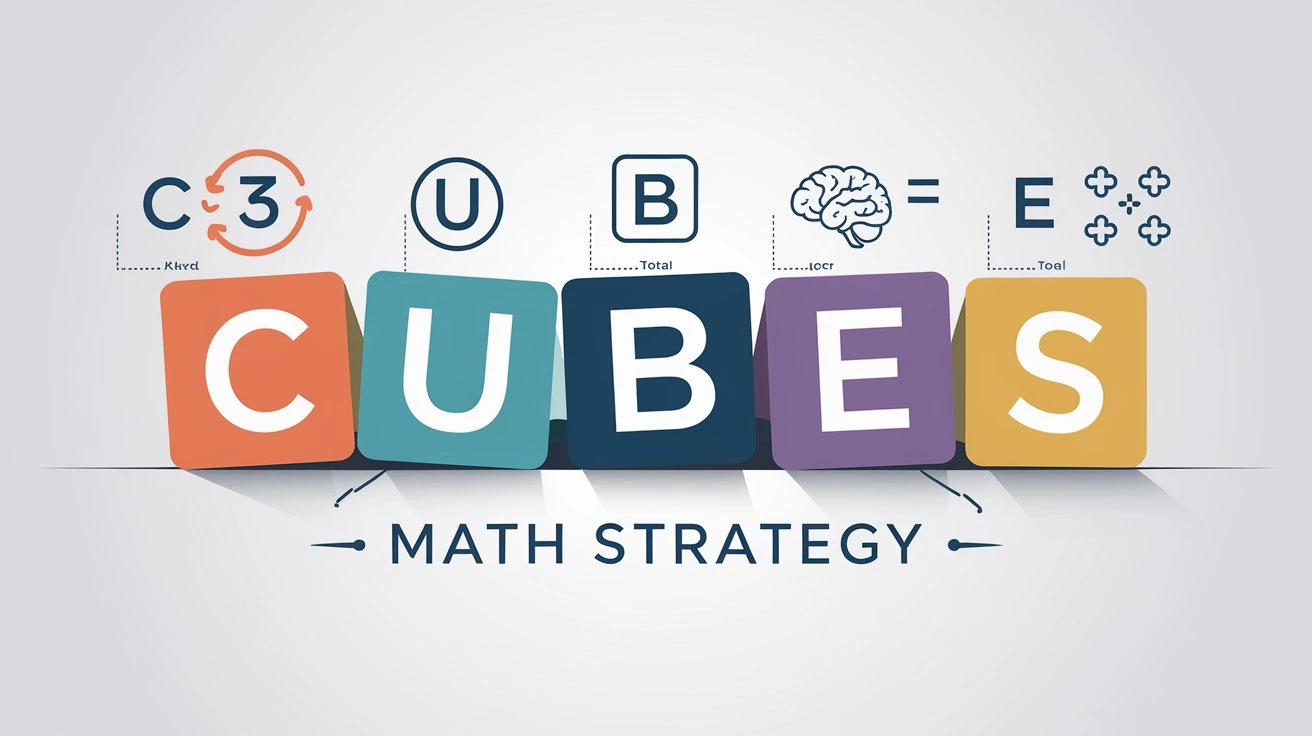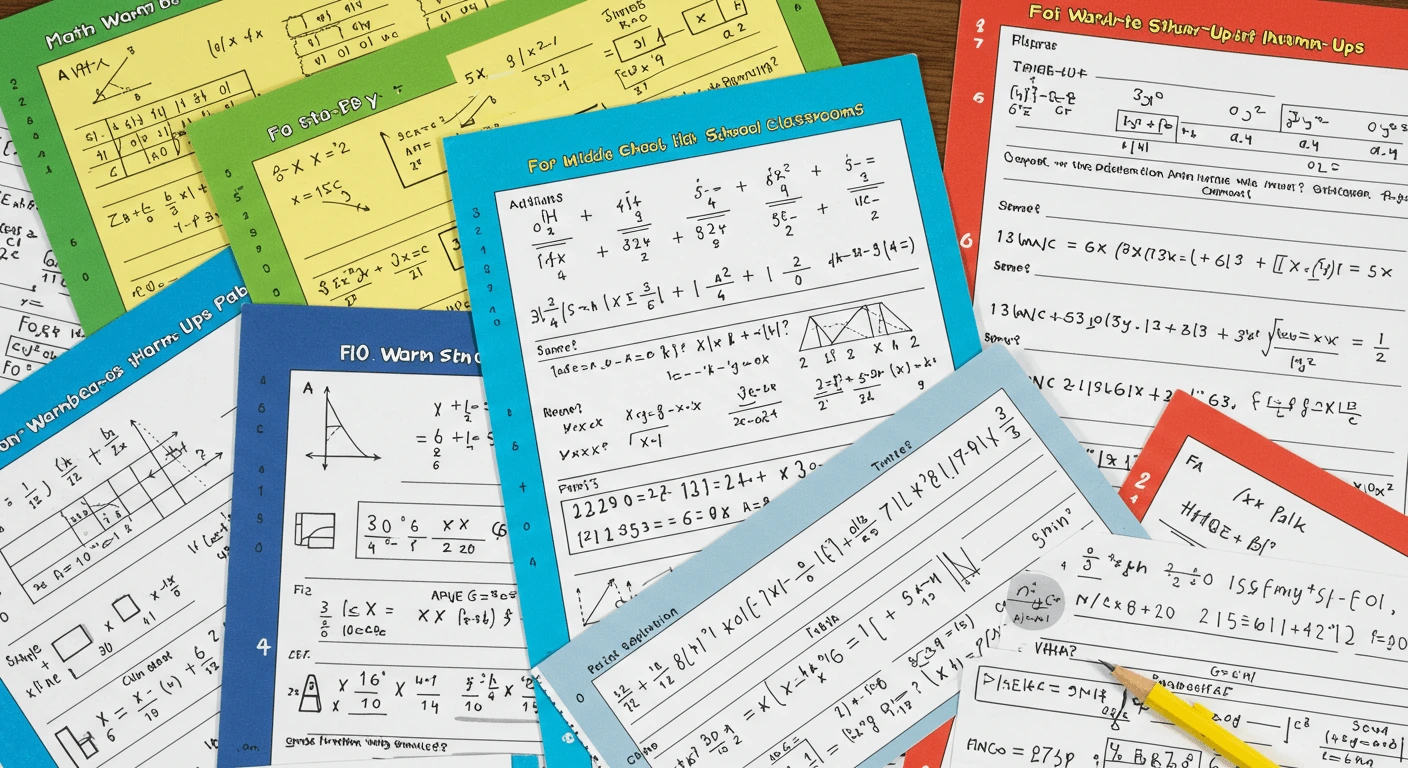Contents:
Mathematics is full of fascinating concepts that have stood the test of time. Among them, the Pythagorean theorem holds a place of honor due to its simplicity and practicality. Today, we’re excited to share a FREE resource: a comprehensive Pythagorean theorem worksheet designed to help students, teachers, and math enthusiasts alike master this essential concept. Whether you’re looking for practice problems, engaging examples, or insightful explanations, this blog post will walk you through everything you need to know – and by the end, you’ll have a top-notch Pythagorean theorem worksheet at your fingertips.
Learning math can sometimes feel overwhelming, but a well-designed worksheet can make a tremendous difference in understanding complex topics. In the following sections, we’ll explore what the Pythagorean theorem is, how to use it to solve real-world problems, practical benefits of our free worksheet, its real-world applications, and tips for mastering the theorem. So let’s dive in!
What Is the Pythagorean Theorem?
Definition and Formula
The Pythagorean theorem is one of the most well-known principles in geometry. At its core, the theorem states that in any right-angled triangle, the square of the hypotenuse $c$ (the side opposite the right angle) is equal to the sum of the squares of the other two sides (often referred to as $a$ and $b$). This relationship is expressed mathematically as: $a^2 + b^2 = c^2$
This simple yet powerful equation forms the basis of many mathematical applications and is indispensable when it comes to solving problems involving right triangles. Our Pythagorean theorem worksheet reinforces this fundamental concept by presenting problems where you can apply this formula step-by-step.
History of the Pythagorean Theorem
The theorem is attributed to the ancient Greek mathematician Pythagoras, whose name it proudly bears. However, long before Pythagoras, various cultures – including Indian, Babylonian, and Chinese – had an intuitive understanding of the principle. Pythagoras and his followers formalized the theorem around 500 BCE, making it a cornerstone of mathematical theory.
Over the centuries, educators and mathematicians have used countless worksheets and problems to illustrate the theorem’s significance, and our Pythagorean theorem worksheet is designed to continue that legacy by offering students clear and concise examples that emphasize historical context and practical application.
Importance in Math and Real Life
The utility of the Pythagorean theorem extends far beyond classroom exercises. In mathematics, it is essential not only for geometry but also for algebra, trigonometry, and calculus. In real life, this theorem helps professionals in fields such as architecture, engineering, and computer science accurately compute distances, design structures, and create complex models.
For instance, when a builder measures the diagonal of a room to ensure perfect right angles, they rely on the principles encapsulated in the Pythagorean theorem. Our free Pythagorean theorem worksheet is designed to solidify your understanding of these practical applications, ensuring that you can see the bridge between abstract mathematics and real-world problem-solving.
How to Use the Pythagorean Theorem
Step-by-Step Guide to Solving Problems
Using the Pythagorean theorem to solve problems might seem daunting at first, but a systematic approach simplifies even the most complex questions. Here is a step-by-step guide that you will encounter in our Pythagorean theorem worksheet:
- Identify the sides: Start by identifying the hypotenuse and the other two sides of the right triangle.
- Apply the formula: Substitute the known side lengths into the formula $a^2 + b^2 = c^2$.
- Solve for the unknown: Rearrange the equation to isolate the unknown side (squaring or taking the square root as necessary).
- Verify: Double-check your calculations to ensure the relationship holds true.
Following these steps on a Pythagorean theorem worksheet helps build a solid foundation in working with right triangles, making it easier to handle more advanced problems later.
Examples of Pythagorean Theorem Problems
To better illustrate the process, consider a simple problem:
If one leg of a right triangle measures 3 units and the other measures 4 units, what is the length of the hypotenuse? Utilizing the formula: $$3^2 + 4^2 = c^2 \quad \Rightarrow \quad 9 + 16 = c^2 \quad \Rightarrow \quad 25 = c^2$$
Taking the square root of both sides, we find $c=5$. This problem is a classic example you’ll see on our Pythagorean theorem worksheet alongside more complex scenarios such as problems involving algebraic expressions, word problems, and geometry puzzles that explore different triangle configurations.
Common Mistakes to Avoid
While the process is straightforward, several common pitfalls can trip up learners:
- Misidentifying the hypotenuse: Remember, the hypotenuse is always the side opposite the 90-degree angle.
- Arithmetic errors: Simple mistakes in squaring or adding numbers can lead to incorrect answers.
- Overlooking units: Always ensure consistency in measurements, whether inches, meters, or another unit.
Our Pythagorean theorem worksheet includes tips and practice problems to help you avoid these errors, ensuring your understanding is robust and accurate.
Pythagorean Theorem Worksheets for Practice
Features of the FREE Worksheet
We have meticulously designed this Pythagorean theorem worksheet to cater to a wide spectrum of learners. One of its best features is its free and accessible format – a downloadable PDF that you can print and use anytime, anywhere. The worksheet is structured with a logical progression of problems, starting with fundamental exercises and gradually moving to more challenging tasks. Every problem comes with the best answers and detailed explanations, making the learning curve smoother for students at all levels.
Types of Problems Included
The worksheet is diverse in its approach. You will find:
- Basic problems that reinforce the Pythagorean formula without overwhelming complexity.
- Intermediate challenges that combine the theorem with other algebraic concepts.
- Advanced puzzles designed to test your mastery through multi-step problems and word problems that simulate real-world scenarios.
Each section of the Pythagorean theorem worksheet is clearly labeled and includes guidance on how to approach the problem, making it especially useful for teachers who need ready-to-go materials for classroom instruction.
Benefits of Practicing with Worksheets
Using a Pythagorean theorem worksheet regularly can lead to multiple benefits:
- Enhanced problem-solving skills: Frequent practice helps reinforce different methods of approaching and solving problems.
- Increased retention: Writing and working through problems improve memory retention of the theorem and its applications.
- Confidence boost: As you see improvement in your problem-solving abilities, your confidence in tackling more complex topics grows.
Whether you’re a student struggling with geometry or a teacher looking for engaging material, our worksheet proves to be a valuable resource that reinforces learning through repetitive practice and clear, structured challenges.
Real-World Applications of the Pythagorean Theorem
Architecture and Construction
The influence of the Pythagorean theorem extends beyond textbooks. In the field of architecture, the theorem helps in designing buildings and ensuring structural integrity. Architects use the Pythagorean theorem to calculate the correct dimensions of right angles, ensuring that the structures they build are stable and aesthetically pleasing. When contractors verify that corners are square using a measuring tape, they are essentially applying the Pythagorean theorem in practice – much like the exercises found in our Pythagorean theorem worksheet.
Physics and Engineering
Engineers and scientists utilize the Pythagorean theorem to compute distances, forces, and rates of change in various physical systems. For instance, in physics, the theorem is crucial when dealing with vector components. Engineers also apply the theorem in designing machinery and evaluating stress and strain on different materials. By working through complex problems on our Pythagorean theorem worksheet, students not only solidify their academic foundation but also gain insights into how these mathematical principles translate to real-world engineering challenges.
Geography and Navigation
Navigators and geographers rely on mathematical principles like the Pythagorean theorem to accurately determine distances on maps. Whether calculating the shortest path between two points or helping determine an aircraft’s trajectory, the theorem plays an invaluable role in plotting courses and ensuring safe travel. The exercises on our free Pythagorean theorem worksheet include word problems that mimic navigation scenarios, offering a practical perspective on how mathematics supports everyday decision-making.
Tips for Mastering the Pythagorean Theorem

Understand the Basics of Right-Angled Triangles
Before diving into more advanced problems, it is imperative to have a solid understanding of the properties of right-angled triangles. Start by familiarizing yourself with the terms—hypotenuse, legs, and the right angle. A deep understanding of these basics sets you up for success on every Pythagorean theorem worksheet you encounter.
Practice Regularly
As with any mathematical concept, regular practice makes perfect. Consistent work with a Pythagorean theorem worksheet boosts your speed and accuracy in solving problems. Setting aside dedicated time each week for practice can make a significant difference in your problem-solving skills. Repetition not only solidifies your understanding but also helps identify areas where additional focus is needed.
Use Visual Aids and Tools
Visual aids such as diagrams and interactive apps can enhance your learning experience. Tools like online calculators and geometry software allow you to experiment with different values and see how the Pythagorean theorem applies in various scenarios. Additionally, making use of a printable Pythagorean theorem worksheet alongside these aids can provide a hands-on approach that bridges the gap between theory and practical application.
Conclusion
The Pythagorean theorem is far more than just an equation; it is a gateway to understanding the world around us. From reinforcing the basics of geometry to laying the groundwork for complex engineering problems, its applications are vast and impactful. Our FREE Pythagorean theorem worksheet is a valuable resource, providing a structured path through the intricate puzzle of right-angled triangles. With clear explanations, diverse problem types, and detailed answers, this worksheet is designed to guide learners through step-by-step problem solving while highlighting the theorem’s real-world significance.
In this blog post, we explored what the Pythagorean theorem is, delved into its historical context, demonstrated a detailed method for solving typical problems, and discussed how regular practice using our Pythagorean theorem worksheet can help avoid common mistakes. We also covered practical applications in fields like architecture, physics, and navigation, all of which underscore the theorem’s importance in both academic and real-life settings.
As you embark on your mathematical journey, remember that success lies in consistent practice and a thorough understanding of the fundamentals. Whether you are a student seeking extra practice or a teacher looking for engaging classroom materials, this Pythagorean theorem worksheet is crafted to help you achieve your goals. Download your free copy today and experience firsthand how mastering the Pythagorean theorem can unlock new opportunities for learning and growth.

We invite you to share your thoughts, questions, and success stories in the comments section below. Your feedback is invaluable and helps us continue to improve and provide top-quality educational resources. Embrace the challenge, practice diligently, and soon you’ll see that the Pythagorean theorem isn’t just a mathematical formula—it’s a powerful tool to help you unlock a world of possibilities.
Happy learning!









